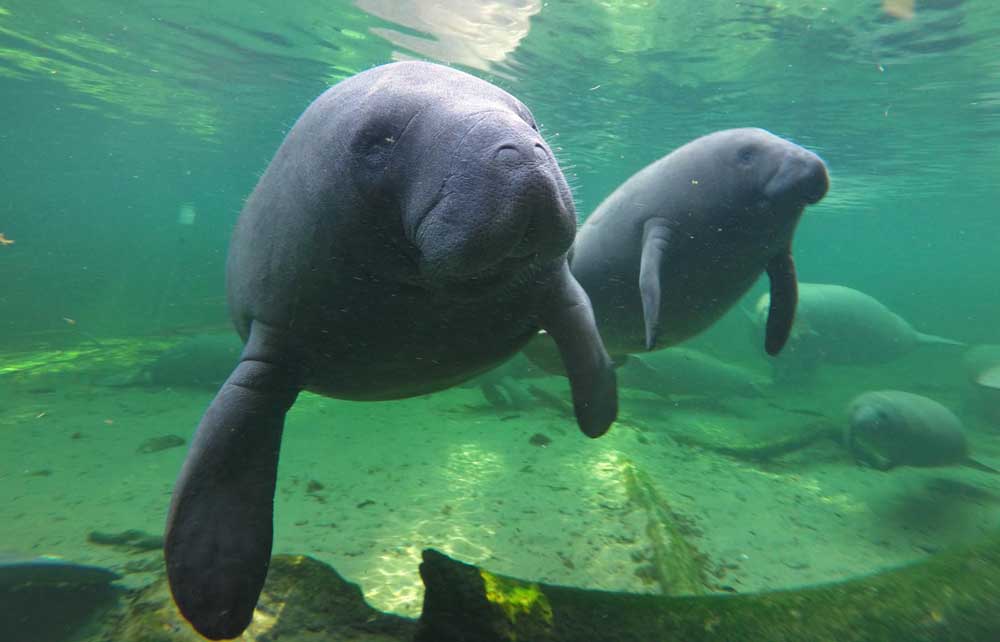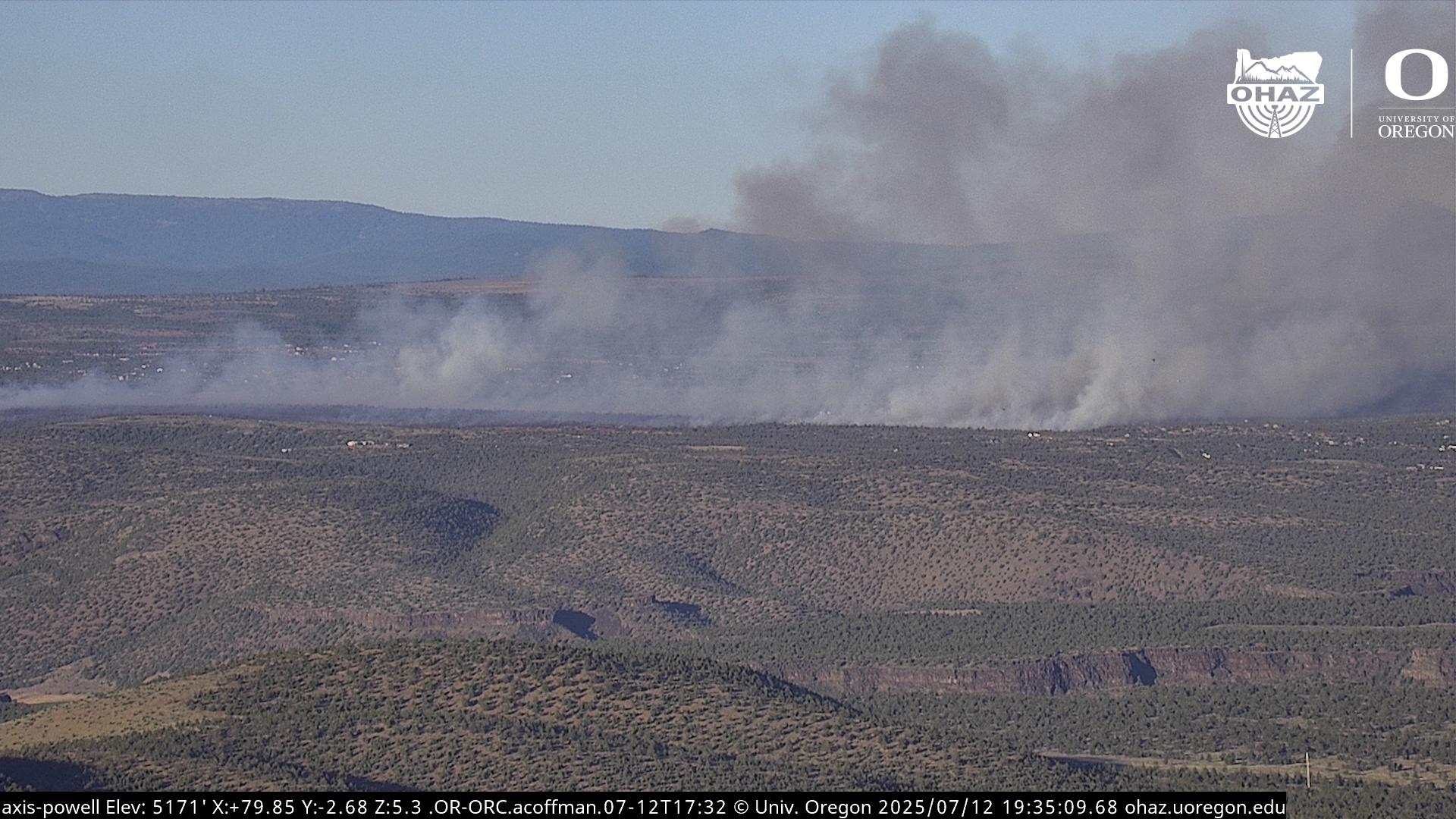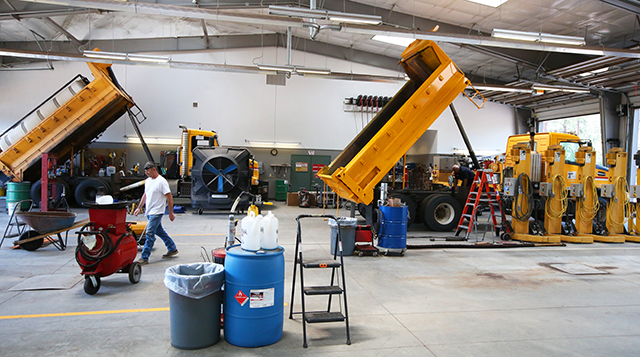Florida’s natural springs are a place to cool off
Published 12:00 am Sunday, September 13, 2015

- Red Huber / Orlando Sentinel via TNSManatees find refuge in the warm waters of Blue Spring State Park in Orange City, Florida.
As the mercury has risen this summer, Floridians have flocked to one of the many state parks where water in the crystal-clear springs stays right around a refreshing 70 degrees.
This tradition has been drawing visitors to the Sunshine State long before Walt Disney turned a swamp into a tourism behemoth.
Trending
Silver Springs in Ocala is recognized as Florida’s oldest tourist attraction. It first started drawing in visitors in the late 1870s with its staple glass-bottom boats, and eventually it became one of the most-visited pre-Disney attractions.
Rick Kilby, author of “Finding the Fountain of Youth: Ponce de Leon and Florida’s Magical Waters,” says the glass-bottom boats, along with the marketing skills of the former owner, helped propel Silver Springs to popularity.
“The glass-bottom boat makes it so you have that incredible view that you really aren’t going to see anywhere else, and I think that did contribute to some of the popularity,” Kilby said.
Hollywood discovery
It was around the 1930s that Silver Springs began attracting the attention of Hollywood producers who used the natural wonder as scenery in films such as “Tarzan,” “Creature from the Black Lagoon” and “Rebel Without a Cause.”
The big screen exposure likely caused the attraction to reach a fever pitch in the 1960s when more than 1 million people would visit annually. Popularity eventually waned and pollution started to affect the area, so in 2013 the local government stepped in and converted the oldest tourist trap into Silver Springs State Park, one of the “newest” state parks in Florida.
Trending
Weeki Wachee Springs in Hernando County shares a similar history. It’s been attracting visitors since 1947 with enchanting mermaid shows. It reached its peak around 1959 and then in 2008 it officially became a state park. A man named Newton Perry stumbled upon Weeki Wachee in 1946 and although the spring was filled with old cars and refrigerators, he saw its potential and decided it’d be the perfect spot for a new business venture.
Perry cleaned out the litter from the water then used his Navy skills to develop underwater breathing hoses that wouldn’t require swimmers to wear a tank.
Perry recruited beautiful young women and taught them to use the hoses under water and perform ballet and other routines all while sporting a mermaid tail and a smile.
He built theater seating into the limestone so the audience would be able to see the mermaids as they performed underwater, and by 1947 the attraction was ready to open. In the early days the young women had to sprint toward the road any time they heard a car coming so they could try to lure in customers — as would a siren — but by the 1950s the spring was one of the most popular tourist spots in the country.
“Had it not been for the mermaid show, Weeki Wachee would be a natural resource like any other spring … but it never would have been a roadside attraction without the mermaids,” Kilby said.
The mermaids are still flipping their fins for daily crowds, plus the park also hosts river boat cruises and animal shows.
About a century before state springs had glass-bottom boats and gorgeous mermaids to draw visitors in, it was natural beauty and curiosity that attracted a woman named Sarah Smith to Wakulla Springs near Tallahassee.
Nature as a draw
It was in the 1850s that she found the bones of a mastodon at the bottom of one of the spring’s basins, and as news of that discovery spread during the years ecotourists made their way to the area to get a look at the local wildlife.
Prior to Wakulla Springs becoming a state park in 1986, the spring was primarily owned by a man named Ed Ball, who at one point was considered one of the most powerful men in the state, according to Kilby.
“It wasn’t in the big league with (other springs) partly because of its location, but also Ed Ball, because he had so much money, he didn’t need to make it into something that was hugely popular,” Kilby said.
A lodge and some other amenities were built, but in the early days the spring relied on Henry the Pole Vaulting Fish and an 11-foot-long alligator named Old Joe as gimmicks. The park isn’t as flashy as some of the others, instead it relies on its vast underwater caves and other natural wonders to bring visitors in.
At De Leon Springs in Volusia County one of the main enduring attractions is one that was built years ago out of necessity. The Old Spanish Sugar Mill was built in the 1830s to crush sugar cane, but was destroyed in both the Second Seminole War and the Civil War.
In 1961, as the mill was scheduled to be destroyed once again, a man named Peter Schwarze decided to step in to restore it and turn it into The Old Spanish Sugar Mill Grill and Griddle House that it is today.
Kilby says one of the most appealing things about De Leon Springs is its rich history; the pancake restaurant plus a one-room museum at the state park serve as tribute to that.
“There’s a continuity of human inhabitance there that, to me, makes it one of the most historic sites in Central Florida,” he said.
Just like the other springs around the state, De Leon added attractions and gimmicks to capitalize on tourism in the post- World War II era, which included Queenie the water skiing elephant, a jungle cruise, circus performers and other features that made De Leon Springs almost like a contemporary theme park.
Most of those attractions are long gone, so it’s the make-your-own pancakes at The Old Spanish Sugar Mill Grill and Griddle House that have arguably the biggest appeal — and yes, they are delicious.
“It’s kind of a quirky thing where you get to make your own pancakes, it’s fun for the kids to do. it’s a real kind of throwback activity that everybody loves,” Kilby said. “Last time I went it was a two-hour wait, but I waited.”
Floridians are lucky to live in a place where the natural surroundings offer limitless opportunities for entertainment, exploration and education, but Kilby drives home the point that without conservation efforts these springs won’t sparkle forever.
“It’d be a real heartbreak to lose these places,” he said. “There’s nothing like them anywhere else in the world, there really isn’t.”








